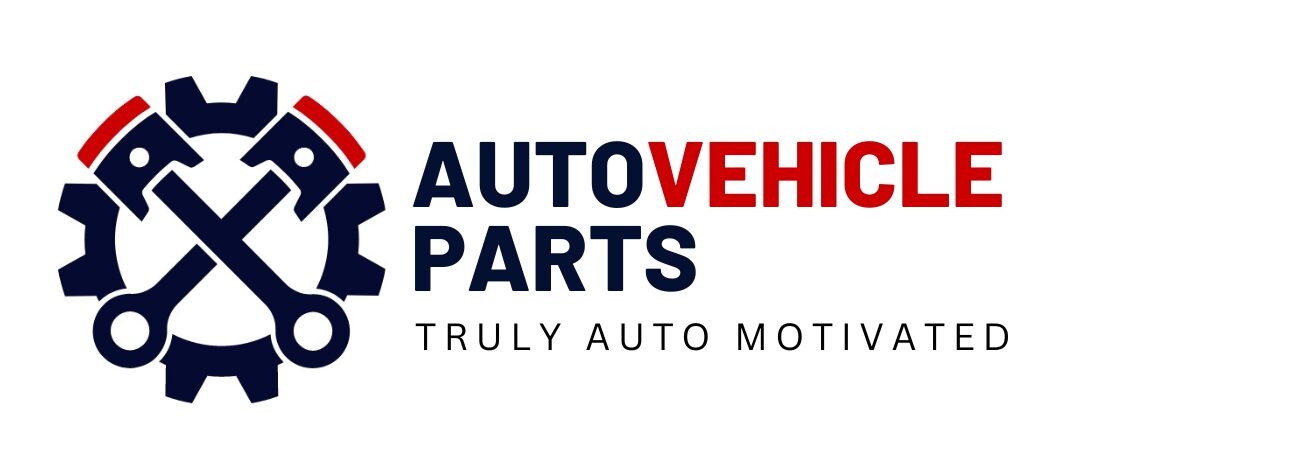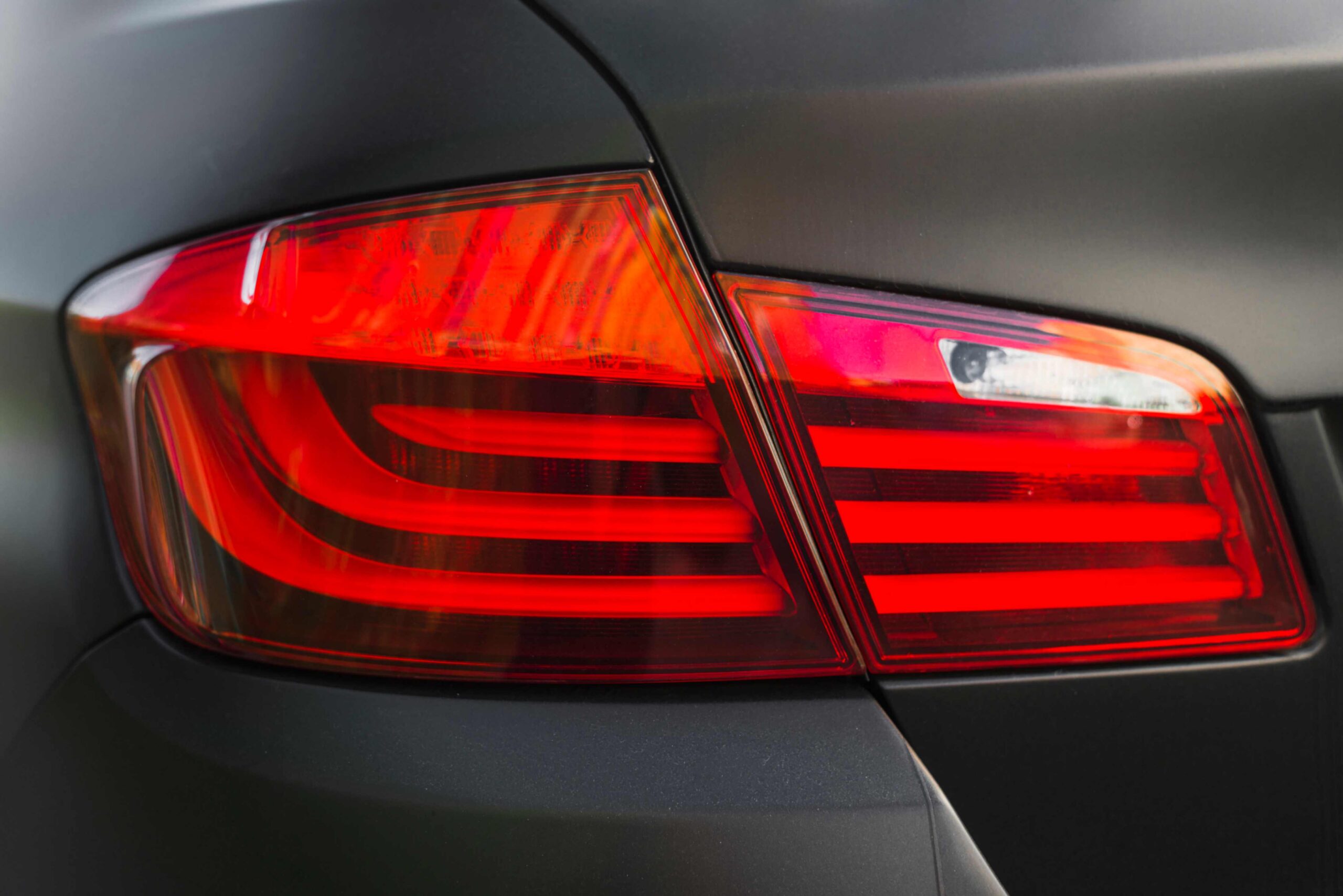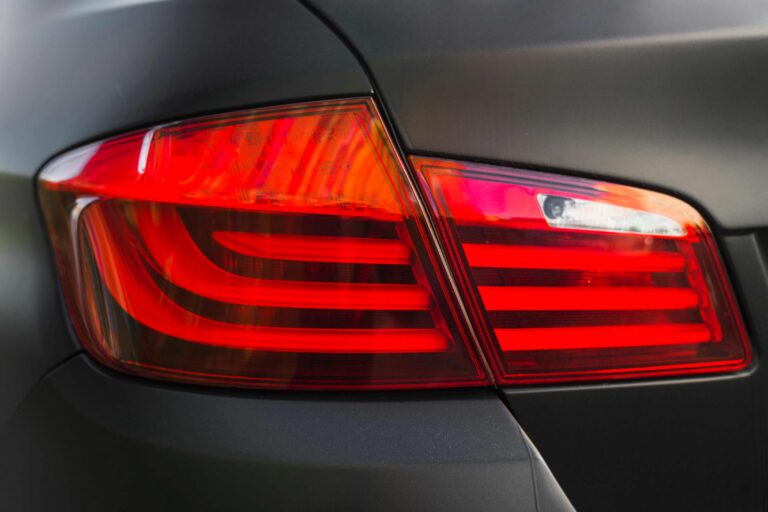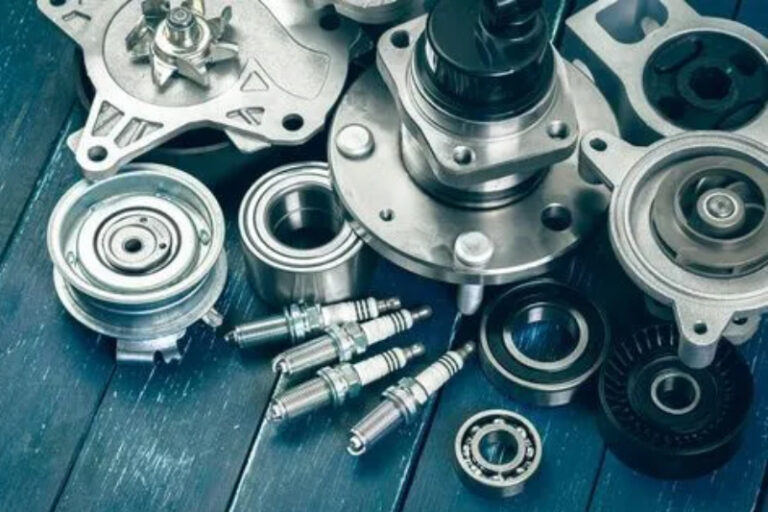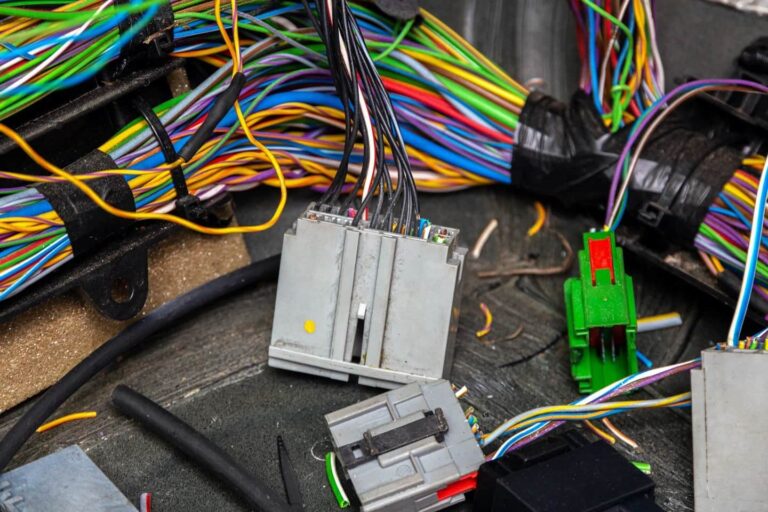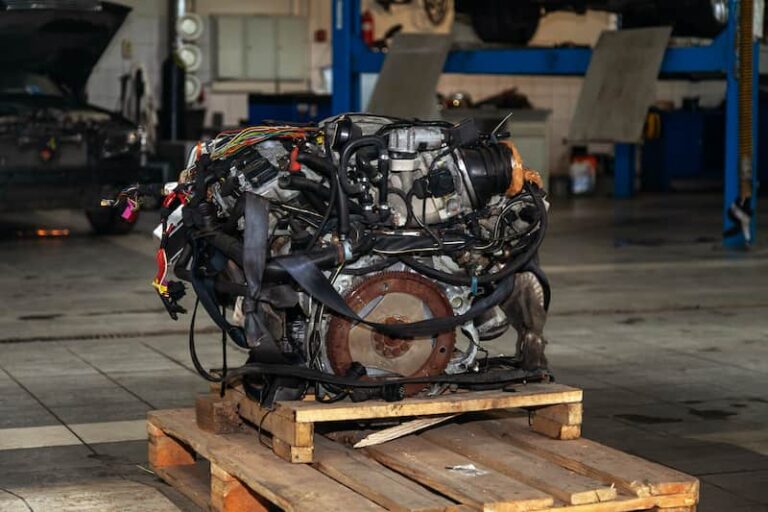Flat tires are one of the most frustrating vehicle problems any driver can face. Whether caused by a stray nail, broken glass, sharp debris, potholes, or sidewall wear, a flat tire can leave you unexpectedly stranded. In many cases, the problem occurs at the worst time – on a busy highway, during harsh weather, or in an unsafe location. Understanding how flat tires happen, what to do when you get one, and how to prevent them is crucial for safe and stress-free driving.
Many drivers even wonder whether it is safe to drive on a flat tire just to reach a workshop. While technically possible to drive a very short distance, the truth is that doing so is extremely damaging. A flat tire significantly affects your car’s handling and puts critical components – including the wheel rims, brakes, and suspension – at serious risk. Even a few miles on a flat tire can multiply repair costs dramatically. So, while tempting, driving with a flat tire should always be the last resort.
Can You Drive With a Flat Tire?
You should avoid driving with a flat tire unless it’s an emergency. Even then, you should only travel a very short distance – ideally under 50 miles and below 50 mph. But keep in mind that this guideline is strictly for emergencies. Driving on a flat tire:
- Damages wheel rims
- Affects brake performance
- Distorts wheel alignment
- Can harm suspension components
- Reduces steering control and increases accident risk
Even if the car feels manageable at first, every second you continue driving worsens internal damage. In many cases, a flat tire that could have been repaired cheaply turns into an expensive rim or axle repair simply because the driver attempted to continue moving.
What to Do When You Get a Flat Tire
Once you realize you have a flat (steering pull, thumping sound, or low-pressure warning), follow these steps:

1. Move to a Safe Area
Immediately slow down and steer gently toward the side of the road, avoiding sudden braking. Choose a flat and stable surface if possible.
2. Turn On Hazard Lights
Warning approaching traffic keeps you safe while you assess the situation.
3. Choose a Fixing Method
Depending on the tire’s condition, you have several options:
- Use a spare tire
- Use an emergency sealant (for small punctures)
- Call roadside assistance
Sealants work only for punctures ¼ inch or smaller and cannot fix severe damage, blowouts, or ruined sidewalls.
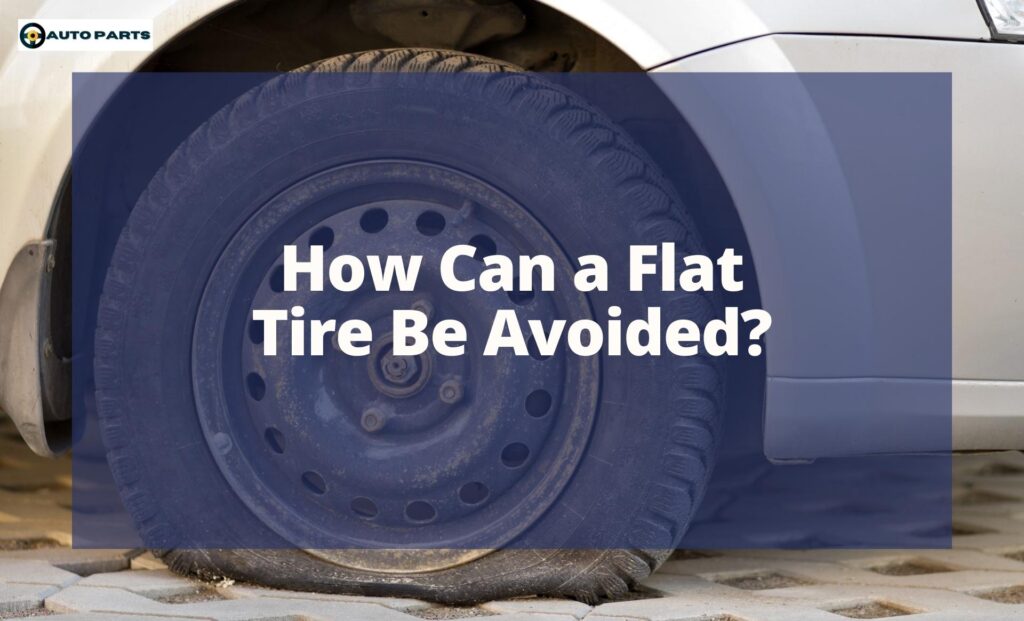
Replacing a Flat Tire: Step-by-Step Guide
Replacing a flat tire is simple when done safely and correctly. Here’s a clear guide:
1. Stop in a Safe Zone
Avoid hills, grass, gravel, or soft soil. Place reflective triangles if available.
2. Gather Tools
You will need:
- Jack
- Spare tire
- Tire iron
3. Loosen the Lug Nuts
Turn them counterclockwise, but do not fully remove them yet.
4. Lift the Vehicle
Place the jack on a strong metal area of the frame (not plastic). Lift until the tire clears the ground.
5. Remove the Tire
Unscrew the lug nuts completely and pull the tire straight toward you.
6. Mount the Spare Tire
Align the holes with the bolts and push the tire into place. Hand-tighten the lug nuts.
7. Lower the Vehicle
Gradually lower the jack. Once the tire touches the ground, tighten the lug nuts in a star pattern to ensure even pressure.
Driver tip: Spare tires are temporary and should not be driven long distances or at high speeds.
How to Avoid Flat Tires: Essential Tips
Flat tires can’t always be prevented, but you can greatly reduce the risk by adopting these habits:
1. Check Tire Pressure Regularly
Low tire pressure increases heat buildup, leading to punctures and blowouts. Use a gauge weekly or rely on your TPMS sensor.
2. Never Overload Your Vehicle
Every car has a maximum weight capacity. Exceeding it strains your tires and increases the risk of failure.
3. Rotate Your Tires Every 5,000 – 6,000 Miles
Rotation ensures even tread wear, better performance, and longer tire life.
4. Inspect Your Brakes Often
Poorly adjusted brakes can cause uneven tire wear due to excess friction.
5. Drive Carefully
Avoid potholes, sharp objects, construction sites, and rough terrain if your tires aren’t designed for off-road use.
Flat-Free Tires: Are They Worth It?
With drivers becoming increasingly frustrated with punctures, flat-free tires (foam-filled or solid urethane) are gaining popularity. These tires:
- Don’t require air
- Never go flat
- Are ideal for heavy machinery, carts, and commercial equipment
However, for regular cars, they are not widely used because:
- They are heavier
- Cause reduced ride comfort
- Generate more heat
- Are not suitable for high-speed driving
Still, for certain industries or equipment, they provide excellent durability and zero-maintenance convenience.
Conclusion
Flat tires may seem unavoidable, but most can be prevented with simple maintenance, safer driving habits, and regular inspections. Understanding how to safely replace a flat tire, when to seek help, and how to identify early signs of tire trouble can save you from major roadside inconvenience – and expensive repairs. Always keep your tires properly inflated, avoid overloading your vehicle, rotate your tires regularly, and stay alert to hazards on the road.
For high-quality and affordable used auto parts, including wheels, rims, TPMS sensors, and tires, visit Auto Vehicle Parts – your trusted source for international used car parts.
FAQs
Most spare “donut” tires are designed for no more than 70 miles and under 50 mph. Full-size spares can go much farther.
Common reasons include slow leaks, valve-stem failure, temperature changes, or a nail embedded in the tread.
If the tire was driven on while flat, internal sidewall damage is likely. In most cases, replacement is safer than repair.
Consistent flats may indicate:
● Old, worn tires
● Poor road conditions
● Wrong tire pressure
● Faulty rims
● Nails or debris in your parking area
Replace tires when tread depth reaches 2/32 inch, or if you see cracks, bulges, exposed belts, or repeated punctures.
